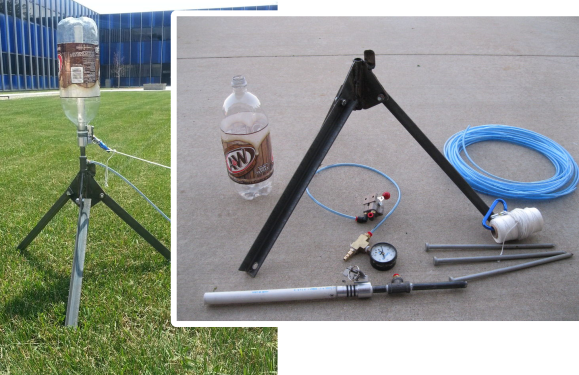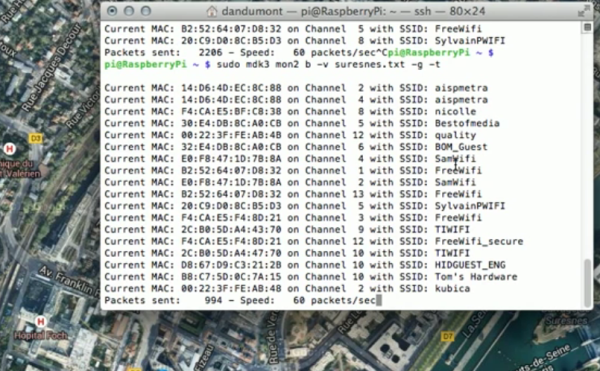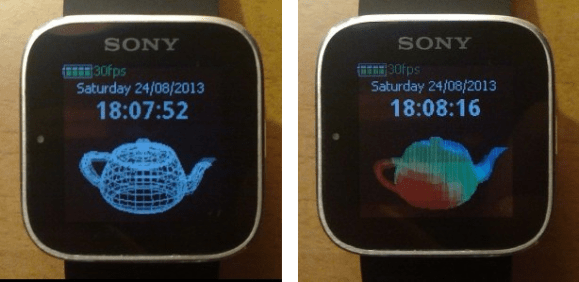
Building this launcher is simple if you already have a mill. It does a remarkable job of pressurizing and launching soda bottles which are partially filled with water. The main component of this is a triple-gasket stopper with a quick release.
The problem with a lot of these water bottle rocket projects is that they leak where the bottle meets the launcher. In most cases this is a good thing as it’s almost impossible to build up enough pressure to cause the bottle to fail. This system has no such built-in safety mechanism, which is why the test launch below is conducted from a safe distance. After seating the partially filled bottle on the launch platform it’s pressurized to around 100 PSI at which point a yank on the string lets it fly.
Most of the time we look on these as casual projects. But we figure this one is much more suited for a rocket club or hackerspace event.
Continue reading “Milled Water Bottle Rocket Launcher Pushes Plastic Containers To Their Limit”

















